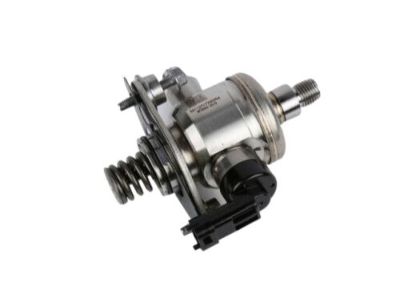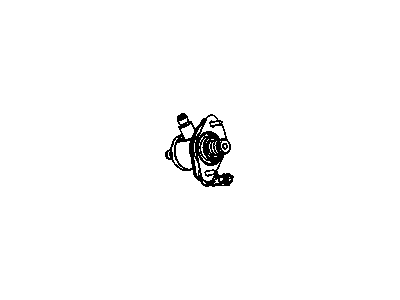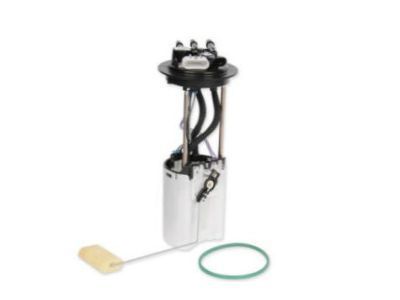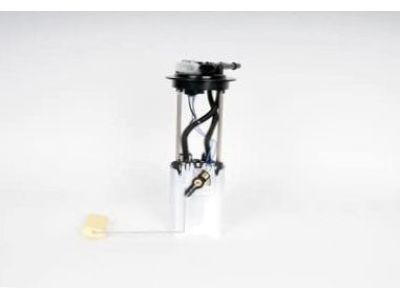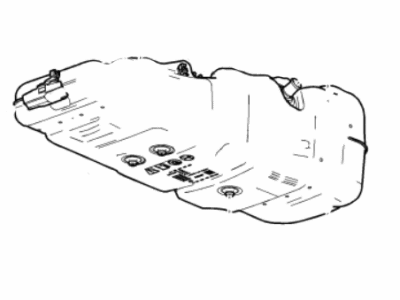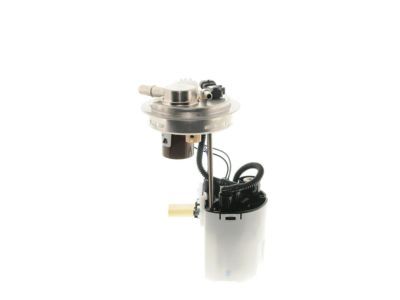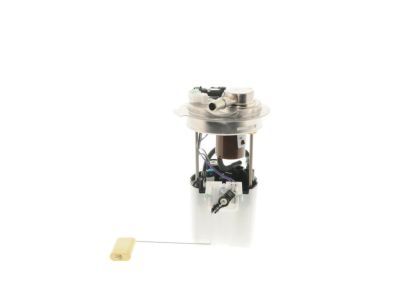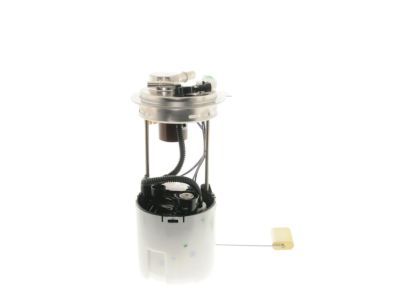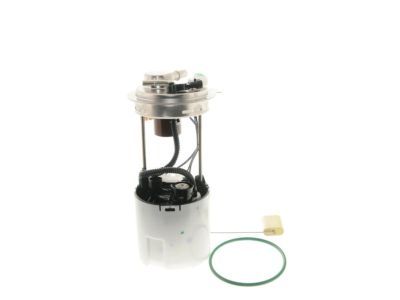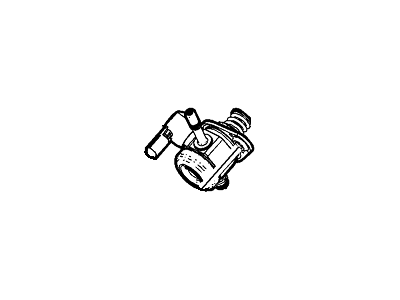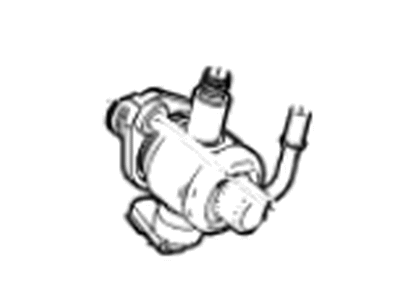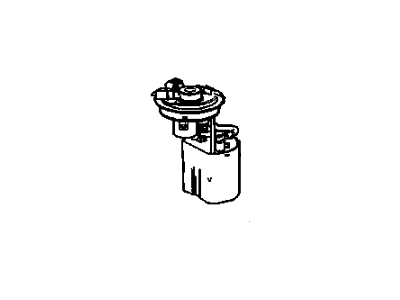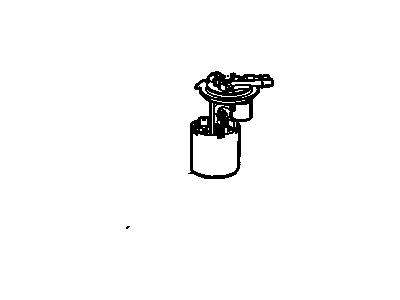
My Garage
My Account
Cart
Genuine GMC Canyon Fuel Pump
Gas Pump- Select Vehicle by Model
- Select Vehicle by VIN
Select Vehicle by Model
orMake
Model
Year
Select Vehicle by VIN
For the most accurate results, select vehicle by your VIN (Vehicle Identification Number).
10 Fuel Pumps found
GMC Canyon Pump Assembly, Fuel
Part Number: 12691016$206.78 MSRP: $423.06You Save: $216.28 (52%)Ships in 1-2 Business DaysGMC Canyon Fuel Tank Fuel Pump Module Kit
Part Number: 88965815$263.33 MSRP: $538.78You Save: $275.45 (52%)Ships in 1 Business DayGMC Canyon Fuel Tank Fuel Pump Module Kit
Part Number: 19331967$227.53 MSRP: $464.80You Save: $237.27 (52%)Ships in 1-2 Business DaysGMC Canyon Fuel Pump Assembly
Part Number: 12691088$182.10 MSRP: $372.59You Save: $190.49 (52%)Ships in 1-2 Business DaysGMC Canyon Fuel Tank Fuel Pump Module KIT (W/O Fuel Lvl Sen)
Part Number: 19370386$429.35 MSRP: $878.48You Save: $449.13 (52%)Ships in 1-2 Business DaysGMC Canyon Fuel Pump Cycle Control Module Kit(W/O Fuel Level Sensor)
Part Number: 88965816$328.97 MSRP: $615.40You Save: $286.43 (47%)Ships in 1-2 Business DaysGMC Canyon Pump Assembly, Fuel
Part Number: 12715132$139.01 MSRP: $284.42You Save: $145.41 (52%)Ships in 1-2 Business DaysGMC Canyon Fuel Tank Fuel Pump Module Kit
Part Number: 19331941$155.70 MSRP: $280.53You Save: $124.83 (45%)
GMC Canyon Fuel Pump
The Fuel Pump that is usually installed in GMC Canyon is necessary to pump the fuel from the tank to the engine for efficiency in combustion. In doing so, it delivers fuel to the carburetor or fuel injection system based on the vehicle model. Carbureted engines have mechanical pumps at low pressure, while fuel injected have electric pumps which are usually inside the fuel tank and often enclosed for heat and safety. GMC Canyon has evolved over the years from mechanical forms of pumps to purely electrical types that generate higher pressures required by most of the modern fuel injection forms of engines and are driven by the camshaft pump type. Electrical pumps are controlled by Engine Control Units (ECUs) for fuelnostic control, where as Mechanical pumps are rare due to their inefficiency. The changes in fuel pumps in the GMC Canyon vehicles show development where new technology is enhanced both to provide better performance and have low emissions.
Each OEM GMC Canyon Fuel Pump we offer is competitively priced and comes with the assurance of the manufacturer's warranty for the part. Furthermore, we guarantee the speedy delivery of your orders right to your doorstep. Our hassle-free return policy is also in place for your peace of mind.
GMC Canyon Fuel Pump Parts Questions & Experts Answers
- Q: How to replace a fuel pump module on GMC Canyon?A:Relieve the fuel system pressure. Disconnect the cable from the negative battery terminal. Remove the Fuel Tank from the vehicle. Disconnect the fuel lines and EVAP line from the fuel pump module. Rotate the fuel pump module retaining ring counterclockwise until it's loose. A special tool (J45722) is useful for this operation. Note: Some module retaining rings may be marked "Do Not Reuse," but the manufacturer says that the rings may be reused as long as they are not corroded, bent or otherwise damaged. Remove the fuel pump module from the tank and drain the fuel from the reservoir. Angle the assembly slightly to avoid damaging the fuel level sending unit float. The electric fuel pump is not serviced separately. In the event of failure, the complete assembly must be replaced. Transfer the fuel pressure sensor and fuel level sending unit to the new fuel pump module assembly, if necessary. Clean the fuel tank sealing surface and install a new seal on the fuel pump module. Install the fuel pump module, aligning the fuel line fittings with the fuel lines. Press the fuel pump module down until seated and install the retaining ring. Make sure the retaining ring is fully seated and the locking tab is engaged with the slot. The remainder of installation is the reverse of removal.
